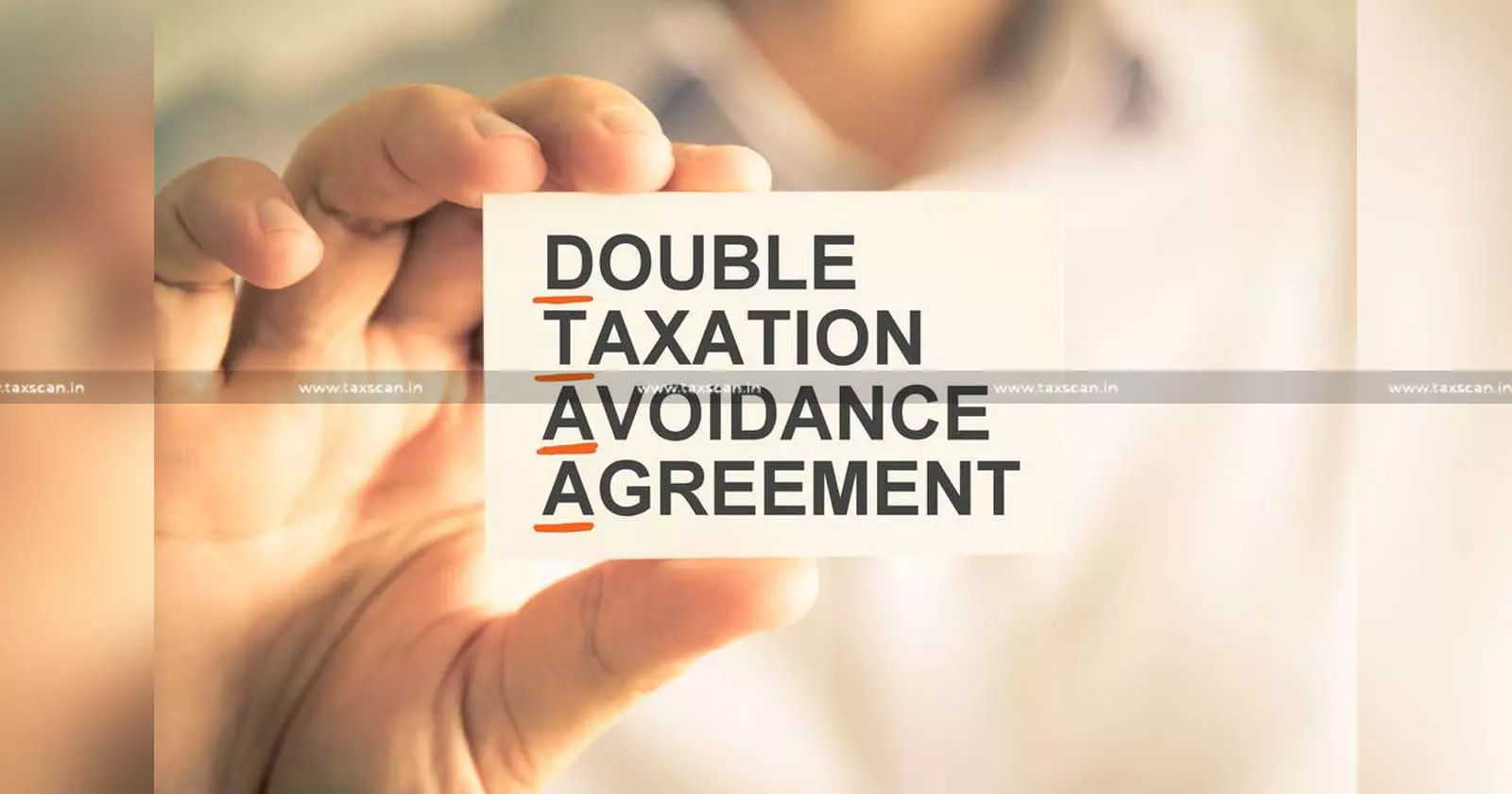Permanent Establishment Under DTAAs: Judicial Trends and Evolving Interpretations
Indian courts are redefining the concept of Permanent Establishment (PE) under DTAAs by focusing on real economic activity and functional control rather than mere legal presence

In international tax, one of the most important and often debated concepts is Permanent Establishment, or PE. This determines whether a country has the right to tax the profits of a foreign company operating within its borders. In India, the idea of PE is shaped by both domestic tax law and the Double Taxation Avoidance Agreements (DTAAs) that India has signed with other countries.
Over time, Indian courts have played a key role in explaining what PE really means, especially as businesses become more global and digital.
What Is Permanent Establishment?
Simply put, a PE is a fixed place where a business does its work. It could be an office, factory, branch, or even a construction site. Under Article 5 of most DTAAs, a company can have a PE in another country if:
- It has a physical place of business there,
- It sends employees to deliver services for a certain period,
- Or it works through agents who regularly sign contracts on its behalf.
India’s tax law also has its own definition of “business connection,” but when a treaty applies, companies can choose whichever rule benefits them more.
Judicial Trends: Shaping the Meaning of PE in India
Indian courts have been instrumental in developing how PE is understood. Here’s a look at some landmark rulings and what they teach us:
1. Morgan Stanley & Co. Inc. v. DIT (2007) – No PE for Back-Office Support
The Supreme Court held that having a subsidiary in India providing back-office support does not automatically create a PE. If the Indian entity is compensated at arm’s length, there’s no need to attribute additional profit to the foreign parent. This case established the importance of transfer pricing in PE evaluations.
2. Formula One World Championship Ltd. v. CIT (2017) – Control Equals PE
Even short-term presence can result in a PE if there is commercial control. The Supreme Court ruled that Formula One had a PE in India during its event, as it exercised exclusive control over the race venue, despite the brief duration. The decision clarified that PE is about business activity, not just time.
3. Samsung Electronics Co. Ltd. (2025 TAXSCAN (HC) 160) – Secondment Does Not Mean PE
The Delhi High Court held that seconding employees from a foreign parent to an Indian subsidiary does not automatically lead to a PE under the India–Korea DTAA. The seconded employees must be working in the interest of the foreign parent, not just performing duties for the Indian company. This ruling reinforced that functional control, not just presence, is key.
4. SIS Live vs. ACIT (2023 TAXSCAN (ITAT) 1373) – Expenses Must Be Considered
In this case, the ITAT ruled that once a PE exists, business expenses incurred in India, even related to interest income, must be allowed as deductions. The tribunal applied the principle of consistency, noting that the same treatment had been accepted in prior years. The case highlights the importance of fair income computation once a PE is established.
5. GE Nuovo Pignone (2024 TAXSCAN (HC) 2134) – Prior Attribution Method Stands
The Delhi High Court upheld an earlier method of profit attribution to a PE in India, noting that the taxpayer had not presented new evidence to justify a change. The court approved using historical sales data for estimating profits and explained that settled positions cannot be reopened without fresh facts.
6. Uptodate Inc. vs. DCIT (2023 TAXSCAN (ITAT) 650) – No PE, No Royalty
This case dealt with a U.S.-based company offering subscription access to a medical database. The ITAT ruled that such access did not transfer copyright or other intellectual property rights, and hence was not royalty under Article 12 of the India–US DTAA. Since the company had no PE in India, the income could not be taxed. This ruling is crucial for understanding how digital services are treated under treaties.
7. Kiran Gems Pvt. Ltd. vs. CCE & ST (2024 TAXSCAN (CESTAT) 316) – PE Affects Indirect Tax Too
The CESTAT held that if a foreign company has a PE in India, the Indian recipient is not liable to pay service tax under the reverse charge mechanism. Instead, the tax responsibility lies with the foreign provider operating through its PE. This case demonstrates that PE status also plays a role in indirect taxes, not just income tax.
Core vs. Auxiliary Work: What Matters Most?
A key shift in recent years is how courts are drawing a line between core business work and support tasks. Activities like making sales, negotiating contracts, and customer-facing work are core functions. These are more likely to create a PE.
On the other hand, activities like collecting information or basic admin tasks are seen as auxiliary. These usually do not create a PE.
The UAE Exchange Centre ruling explained that we can’t just rely on labels. We must look at what the business is actually doing in India.
The Digital Twist
As more companies go digital, the old PE rules based on physical presence are falling short. A company can now earn millions from Indian users without ever setting up an office here.
India tried to address this by introducing the Significant Economic Presence (SEP) rule and the Equalisation Levy for digital businesses. But unless tax treaties are updated to match, these rules often don’t apply because treaties take priority.
India is also part of global efforts under the OECD’s BEPS project, especially Action 7, which aims to stop companies from avoiding PE status on paper while doing real business in a country.
Conclusion
PE law in India is still evolving. Courts are no longer focused only on whether a company has a physical office. Instead, they are looking at the economic substance of what a company does in India.
Support our journalism by subscribing to Taxscan premium. Follow us on Telegram for quick updates


